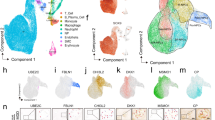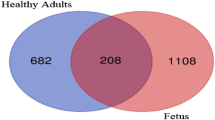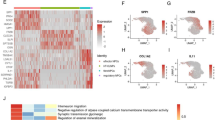Abstract
THE nucleus pulposus of the normal human intervertebral disk consists of collagen fibrils dispersed in a gel of polysaccharide and protein complexes. During ageing collagen fibrils are deposited as a matrix showing increasing orientation with age as seen from X-ray diffraction investigations1. In the case of specimens of more than 70 years of age, the normal photograph shows with the diagram of oriented collagen a clearly defined ring of spacing 4.7 Å., which is similar to that associated with a denatured β-protein1 The presence of other components in the disk, for example, calcium phosphate, etc., will be discussed in a later publication. It was postulated from consideration of earlier work1 that the soluble protein molecules normally found in a folded form in the nucleus had unfolded and formed a hydrogen-bonded lattice which gave rise to this spacing.
This is a preview of subscription content, access via your institution
Access options
Subscribe to this journal
Receive 51 print issues and online access
$199.00 per year
only $3.90 per issue
Buy this article
- Purchase on SpringerLink
- Instant access to full article PDF
Prices may be subject to local taxes which are calculated during checkout
Similar content being viewed by others
References
Naylor, A., Happey, F., and MacRae, T. P., Brit. Med. J., ii, 570 (1954).
Mitchell, P. E. G., Henry, N. G. C., and Billewicz, W. Z., J. Bone Joint Surg., 43, B, 141 (1961).
Naylor, A., 1962 Arris and Gale Lecture (Royal College of Surgeons, London, January 1962).
Author information
Authors and Affiliations
Rights and permissions
About this article
Cite this article
BLAKEY, P., HAPPEY, F., NAYLOR, A. et al. Protein in the Nucleus Pulposus of the Intervertebral Disk. Nature 195, 73 (1962). https://doi.org/10.1038/195073a0
Issue Date:
DOI: https://doi.org/10.1038/195073a0



